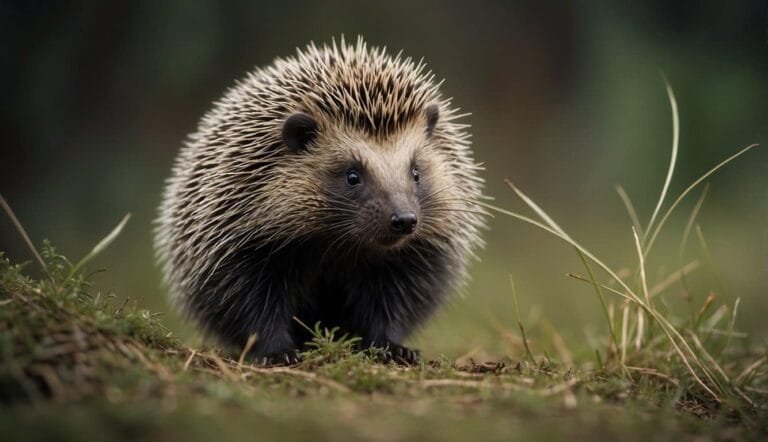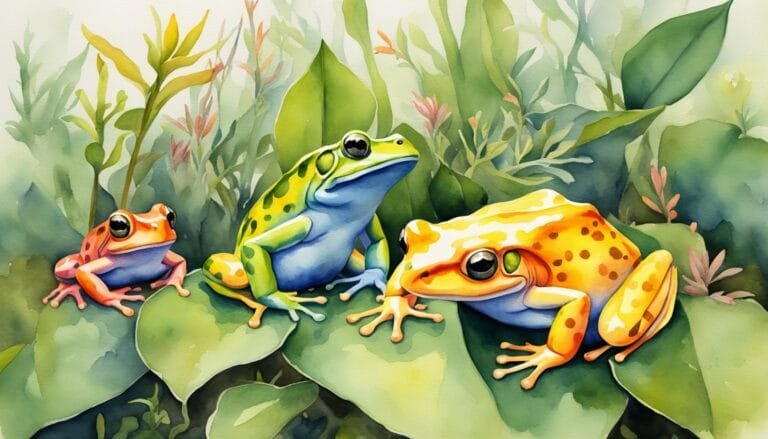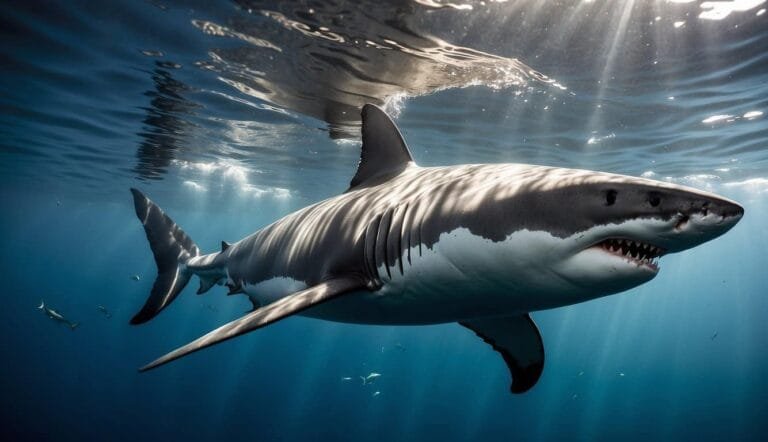Porcupine Paradox: The Quirky Lives of Nature’s Prickliest Residents

Porcupines are intriguing members of the rodent family with two main types: Old World and New World porcupines, known for barbed quills and climbing abilities, respectively.

Porcupines are intriguing members of the rodent family with two main types: Old World and New World porcupines, known for barbed quills and climbing abilities, respectively.

Chimpanzees have a varied and complex diet, consisting of over 300 different food items, including fruits, leaves, insects, and meat.

Occam's Razor prioritizes simplicity in explanations, advising that the simplest hypothesis with least assumptions is preferred.

Poisonous frogs, noted for their bright colors and toxins, use aposematic coloration to deter predators and are primarily found in tropical rainforests.

Dog memory is a fascinating aspect of canine behavior, revealing how dogs process, store, and retrieve information. The complexities of a dog's memory span various types, each playing a crucial role in how they interact with their environment and learn from experiences.

Moral injury occurs when individuals face events that conflict with their moral beliefs, leading to guilt, shame, and betrayal.

In 1922, Howard Carter discovered King Tutankhamun's tomb, offering deep insights into ancient Egyptian burial practices.

The 2024 interest rate landscape hinges on Federal Reserve policies, economic indicators, market reactions, and their effects on borrowing costs.

Great white sharks are most frequently found in coastal and offshore waters where temperature and food sources are optimal.

Gallbladder problems in dogs show symptoms like vomiting and jaundice, and diagnosis often requires tests like ultrasounds.